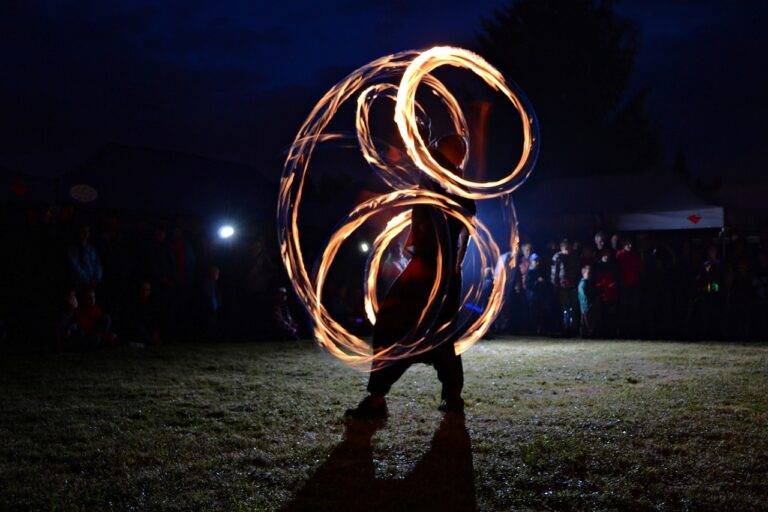The Influence of Art Galleries on Film Aesthetics: Surrealism, Expressionism, and Avant-garde Visuals
Art galleries and films share a deep-rooted historical connection that has influenced the aesthetics of both art forms. The visual language developed in art galleries, with its emphasis on composition, color, and form, has translated seamlessly into the world of cinema. Filmmakers have drawn inspiration from the works of renowned artists, incorporating elements such as lighting techniques, framing, and visual storytelling into their films. This fusion of art and film has led to the creation of visually stunning cinematic masterpieces that captivate audiences worldwide.
The evolution of art galleries and film aesthetics has paved the way for a more immersive and visually impactful cinematic experience. By borrowing from the techniques and styles of various art movements, filmmakers have been able to push the boundaries of traditional storytelling and create films that are not only entertaining but also visually stimulating. This symbiotic relationship between art galleries and films continues to inspire filmmakers to explore new visual horizons and push the boundaries of creativity in the world of cinema.
How Surrealism Has Transformed Visual Storytelling in Cinema
Surrealism, with its dream-like imagery and unconventional narratives, has deeply influenced visual storytelling in cinema. Filmmakers have been inspired by the movement’s exploration of the subconscious mind and its ability to challenge traditional storytelling conventions. Through the use of surreal elements such as juxtaposition, distorted perspectives, and symbolic imagery, directors have been able to create unique cinematic experiences that captivate audiences and provoke thought.
The incorporation of surrealism in cinema has allowed filmmakers to break free from conventional storytelling techniques and push the boundaries of imagination. By blurring the lines between reality and fantasy, directors can evoke emotions and provoke introspection in viewers. This transformative approach to visual storytelling has opened up new possibilities for filmmakers to delve into the depths of human consciousness and explore complex themes in ways that are both captivating and thought-provoking.
What is the historical connection between art galleries and film aesthetics?
The historical connection between art galleries and film aesthetics can be traced back to the influence of art movements such as Surrealism on visual storytelling in cinema.
How has Surrealism transformed visual storytelling in cinema?
Surrealism has transformed visual storytelling in cinema by introducing dream-like imagery, unconventional narratives, and the exploration of the subconscious mind in filmmaking.
Can you provide examples of films that showcase the influence of Surrealism on visual storytelling?
Films such as “Un Chien Andalou” by Luis Buñuel and Salvador Dalí, “Eraserhead” by David Lynch, and “Pan’s Labyrinth” by Guillermo del Toro are prime examples of how Surrealism has influenced visual storytelling in cinema.
How has the incorporation of Surrealism in cinema impacted audience perception and engagement?
The incorporation of Surrealism in cinema has challenged traditional storytelling conventions, leading to a more immersive and thought-provoking viewing experience for audiences.





